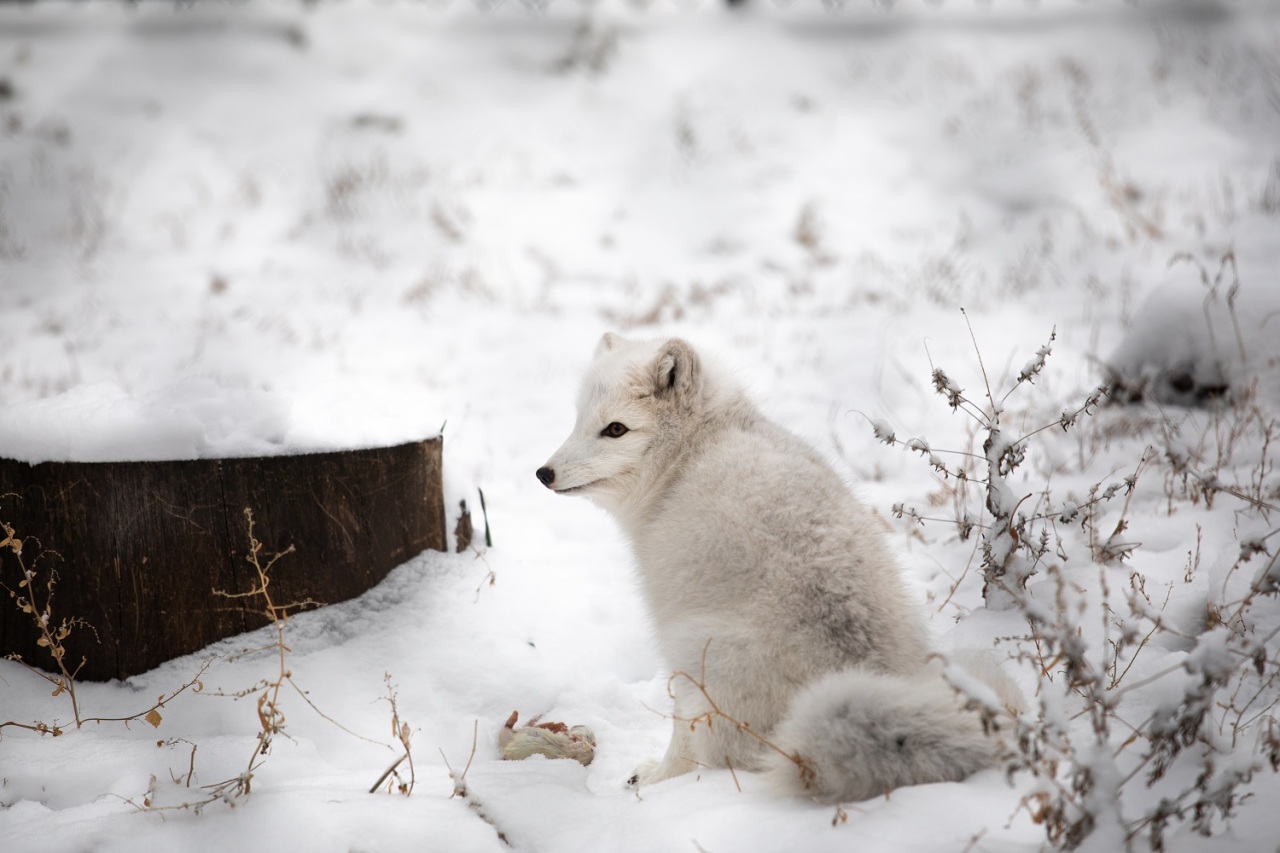SIOUX FALLS, S.D. (KELO) — When your family pet dies, you likely work through your veterinarian on a cremation plan or head to the backyard to find a final resting place. But when the local zoo loses a resident, the next steps can be a little more secretive.
Early in April 2023, the Sioux Falls Great Plains Zoo (GPZ) announced the death of an Arctic Fox named Rehn, who was humanely euthanized following a losing battle with kidney disease.
Great Planes Zoo President and CEO Becky Dewitz says death is part of the whole-life care process at many accredited zoos. The GPZ’s accreditation comes from the Association of Zoos and Aquariums (AZA).
“It is the highest standard as it applies to animal welfare and wellbeing of any of the accrediting agencies in the zoo and aquarium business,” Dewitz said. “As an accredited zoo, we are required to have an internal process that measures the animal’s welfare on a state of good to bad on a continuum of life.”
Most zoo animals these days are born in captivity, Dewitz says, the result of dedicated breeding programs rather than capturing them in the wild.
“That may have been something that occurred quite a long time ago,” she said, “but it is not a practice that occurs today.”
These managed breeding programs allow zoos to operate as what Dewitz called “a living arc.” The programs take into account the genetics of individual animals to make sure that good genetics are maintained in offspring in order to best supply reintroduction and conservation programs from endangered and at-risk species.
Dewitz said that generally speaking, zoo animals tend to live about twice as long as their counterparts in the wild, with the most common causes of death being conditions brought on by old age.
“We give them great food, they have good veterinarian care — there are no predators for them to be predated on in the zoo — also not the illegal wildlife and poaching activities that are affecting wild populations,” she said.
When the quality of life for an animal falls below a certain threshold, the choice is made to humanely euthanize them, a process through which euthanasia chemicals are used to end the animal’s life once they have been sedated.
After an animal dies, a necropsy is done to determine a specific cause of death to list beyond simply euthanasia, and the results are added to the animal’s permanent file.
Once this testing is completed, the remains of the animal are cremated.
Cremation is the chosen method for a very specific reason in the zoological industry. The process for an Arctic fox is likely to be similar to that for a 72-year-old elephant, based on 2020 reporting from the Washington Post.
“We have a lot of protected species we take care of,” Dewitz explained. “We would not want anybody to have access to any animal parts of a protected animal that could be problematic.”
Dewitz mentions tigers as a specific example of a species for which this type of action is needed.
“Even its claws and fur and whiskers are considered protected, so it’s our obligation to make sure that those animal remains do not go into hands where they shouldn’t.”
This requirement, while it is part of the accreditation process, actually goes back to the U.S. Fish and Wildlife Endangered Species and Animal Welfare Acts.
There is a good deal of secrecy in the actual process through which the remains of animals are disposed of, which includes the actual facilities in which they are cremated, should that process have to happen outside the confines of the zoo.
Dewitz noted that some zoos may choose to bury some animals rather than cremate them, but “they probably have very secret locations where they’re buried.”
Even the way in which the cremated remains of an animal are interred is kept closely guarded. “It’s just disposed,” Dewitz said quietly.
“Some zoos might do taxidermy,” Dewitz said. “I would say it’s more uncommon, but if there is some type of educational value in the remains, they may want to consider that. I’ve seen some zoos do skeletal mounts, which is really great for scientific studies at university levels.”
Dignity is something that zoos seek to maintain for their animals, both in life and after death.
The staff at the zoo grow connected to these creatures, so much so that Dewitz told us her zoo has actually offered grief counseling for employees after particularly difficult deaths.
